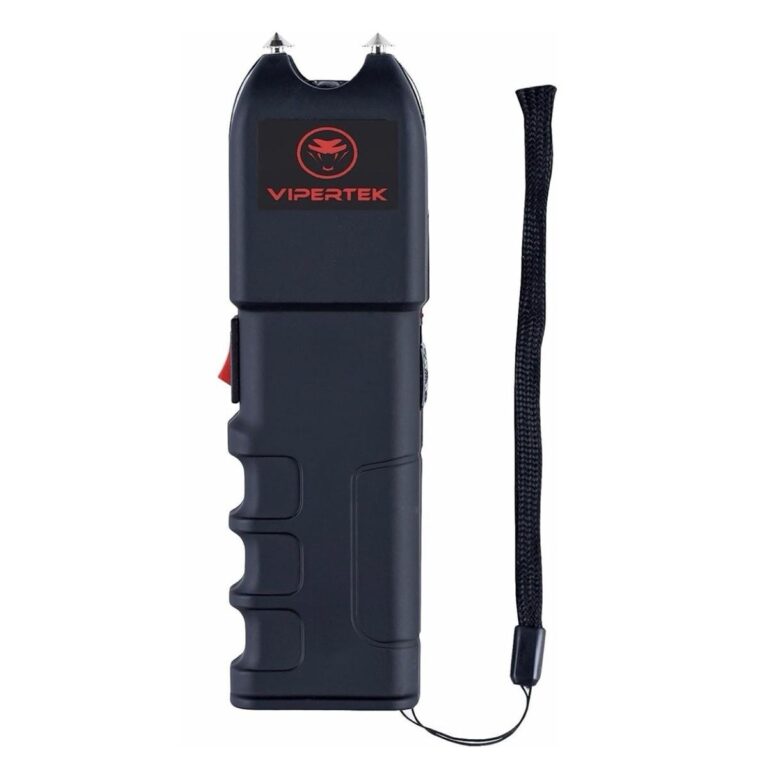Table of Contents
- Court Perspectives on the Legality of Stun Guns and Firearms in Self-Defense
- Analyzing Judicial Trends in Defensive Weapon Use and Proportionality
- Impact of Case Law on Civil Liability in Stun Gun and Firearm Incidents
- Recommendations for Legal Compliance and Safety in Choosing Defensive Tools
- Wrapping Up
Court Perspectives on the Legality of Stun Guns and Firearms in Self-Defense
Judicial opinions on the use of stun guns and firearms in self-defense reveal distinct nuances rooted in their perceived lethality and regulatory status. Courts often treat firearms with stringent scrutiny due to their potential for fatal outcomes, emphasizing the necessity of an imminent threat to life or serious injury before their deployment is justified. In contrast, stun guns, typically classified as less-lethal weapons, encounter a more flexible legal lens, though this varies significantly across jurisdictions. For example, some states have judicially affirmed the use of stun guns as a proportional response to threats that do not necessarily involve lethal force, highlighting a shift toward endorsing non-lethal alternatives to firearms in personal defense debates.
- Firearms: Courts prioritize rigorous standards for legitimate self-defense claims, often requiring proof of unavoidable danger.
- Stun Guns: Seen as less aggressive, enabling justifiable self-defense without escalating to lethal force, albeit subject to local statutes.
- Legal Restrictions: Both weapons face diverse state-level regulations impacting admissibility and use in self-defense cases.
Analyzing Judicial Trends in Defensive Weapon Use and Proportionality
Recent judicial decisions reveal a clear trend toward heightened scrutiny regarding the use of defensive weapons, particularly focusing on the proportionality of force employed. Courts are increasingly dissecting cases involving stun guns versus firearms to determine whether the defensive response was legally justified given the nature of the threat. While firearms often carry an assumption of lethal capability, many judges are considering stun guns as a less-lethal alternative, which sometimes shapes their rulings on whether the force used was excessive or reasonable.
Common patterns emerging from rulings include:
- Contextual evaluation: Courts weigh the immediacy and severity of the threat, recognizing stun guns as credible in deterring aggression without necessarily causing lasting harm.
- Escalation considerations: Defensive force using firearms is scrutinized more rigorously if prior non-lethal options were available but not employed.
- Public safety concerns: Judgments reflect a balance between individual rights to self-defense and broader societal risks tied to firearm usage.
These judicial attitudes underscore a dynamic legal landscape where proportionality is the pivotal element shaping outcomes, signaling attorneys and defendants alike to present detailed threat analyses and explore stun gun usage as a potentially more defensible alternative in self-defense claims.
Impact of Case Law on Civil Liability in Stun Gun and Firearm Incidents
Judicial trends reveal a nuanced approach when adjudicating civil liability related to stun guns versus firearms. Courts frequently emphasize the context of use, often granting more leniency to stun gun owners due to the perceived non-lethal nature of these devices. This distinction impacts liability rulings, where stun gun-related incidents are less likely to result in punitive damages or broad civil penalties, provided the device was used within the bounds of reasonable self-defense. Conversely, firearm cases tend to attract stricter scrutiny and higher liability risks, reflecting societal concerns over the potentially fatal consequences of gun usage.
- Courts consider stun guns as a lower-risk defensive tool, influencing reduced civil culpability.
- Firearm incidents often involve a detailed examination of intent, proportionality, and necessity, frequently raising legal stakes.
- Precedents highlight the importance of jurisdictional differences, with some states imposing tougher standards on both stun gun and firearm usage.
- Recent rulings reflect growing judicial awareness of non-lethal technologies and their place in self-defense jurisprudence.
Recommendations for Legal Compliance and Safety in Choosing Defensive Tools
When selecting defensive tools, understanding your jurisdiction’s legal framework is paramount. Firearms often come with stringent regulations regarding ownership, carrying permits, and use in self-defense, which vary widely between states and countries. Stun guns, while generally subject to fewer restrictions, still fall under specific laws that can limit their possession or deployment. To navigate this complexity, consult local laws or legal counsel before acquiring any defensive device. This proactive approach not only ensures compliance but also safeguards against potential legal ramifications in the event of self-defense scenarios.
Safety considerations must be equally prioritized alongside legality. Defensive tools can pose risks not only to assailants but also to the users and bystanders if mishandled. Adopting proper training and familiarizing oneself with both the operational mechanics and legal boundaries of stun guns and firearms enhances effective and responsible use. Key recommendations include:
- Enroll in certified training courses to build confidence and competency in defensive tool usage.
- Regularly review and stay updated on changes in local and federal firearm or stun gun legislations.
- Implement secure storage solutions to prevent unauthorized access, particularly in households with children.
- Avoid impulsive reliance on defensive tools and prioritize situational awareness and de-escalation tactics when possible.
Wrapping Up
In conclusion, the judicial landscape continues to reflect a nuanced approach when assessing the use of stun guns versus firearms for self-defense. While courts generally recognize the reduced lethality of stun guns, the circumstances surrounding each incident remain central to legal outcomes. As law enforcement policies and public attitudes evolve, so too will court interpretations, underscoring the importance for individuals to remain informed about the legal standards governing defensive weapon use in their jurisdiction. Staying abreast of these developments is essential for both legal practitioners and citizens navigating the complexities of self-defense law.Check Our Other Blogs
- StunGun – Your Trusted Source for Stun Guns, Laws, and Self-Defense Tips
- PepperSprayLaws – Your Trusted Resource for Pepper Spray Information
- StunGunLaws – Your Trusted Guide to Stun Gun Legality and Safety





